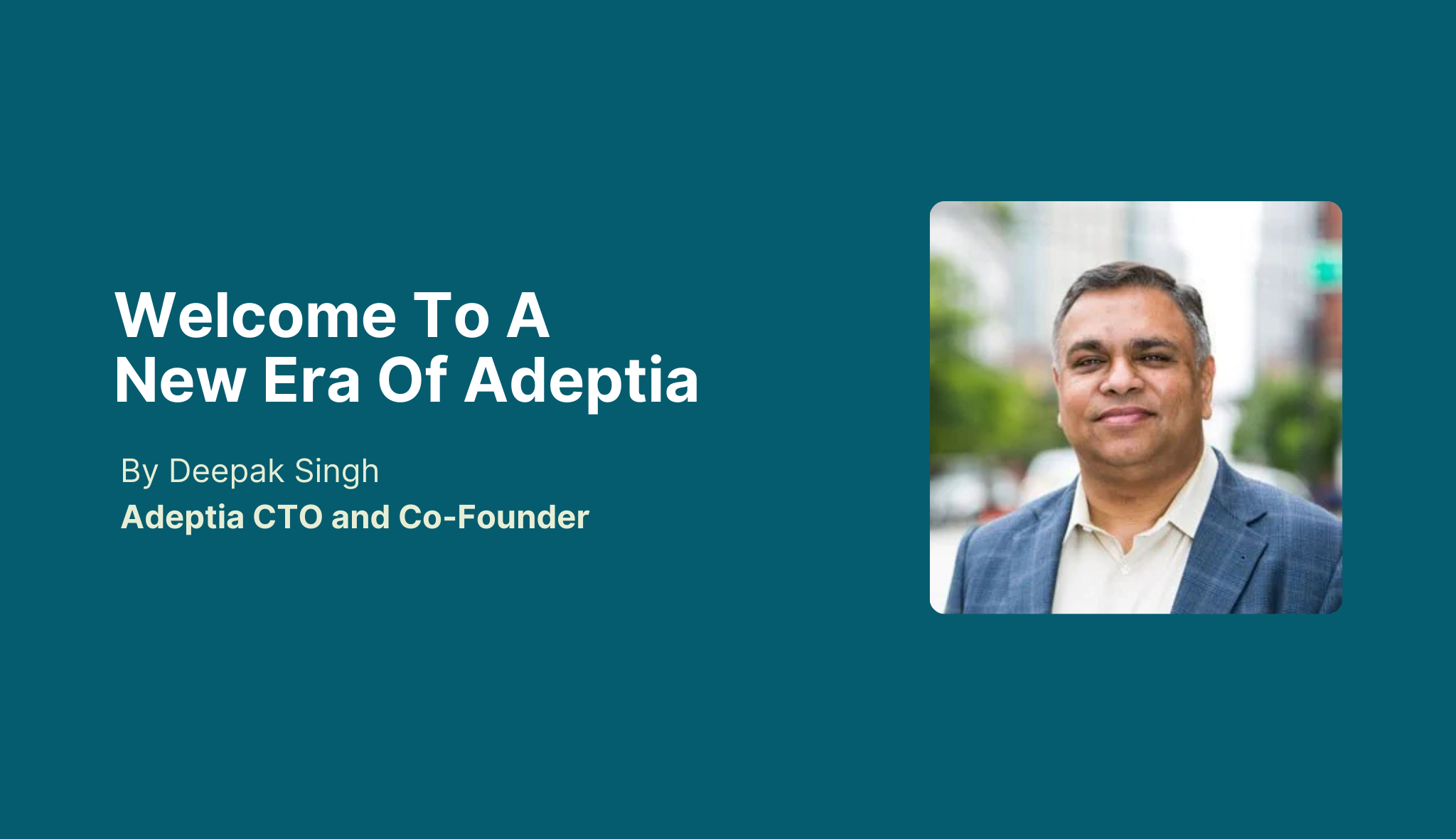HL7 also known as Health Level 7 is a set of standards for exchange of clinical and administrative data between applications of different healthcare providers. Developed by Health Level Seven International, HL7 primarily targets application layer 7 in the Open Systems Interconnection Model (OSI Model). The developed standards are adopted by issuing bodied like American National Standards Institute (ANSI) and International Organization for Standardization (ISO). Healthcare Service Providers need to strictly observe these standards while transacting data with internal and external partners.
The following are some of the most prominent standards which have been recognized by federal regulations:
- HL7 Version 2: Messaging standards for interchange of patient care and clinical records. Version 2.0 enables healthcare providers to send messages requesting and containing health data.
- Clinical Document Architecture (CDA): An exchange model for critical clinical documents like discharge summaries progress notes, etc.
- Structured Product Labeling (SPL): Published information of a medicine, based on HL7 Version 3
- EHR-PHR System Functional Models: Uniform language parameters for data exchange between PHRs and EHRs.
Adhering to the HL7 standards is a rough challenge for business and IT teams of Healthcare Service Providers as they use different computer systems for billing and patient entries. The data is stored in disparate healthcare systems siloed across various channels. Teams face intricate challenges in extracting the diverse variety, velocity, and volumes of data and aligning it with the standards.
Adeptia addresses these overwhelming challenges by enabling organizations to integrate HL7 standards with enterprise systems. View this video to know how leading healthcare providers are using Adeptia’s enterprise focussed integration solutions to align their messaging systems with HL7 standards.



